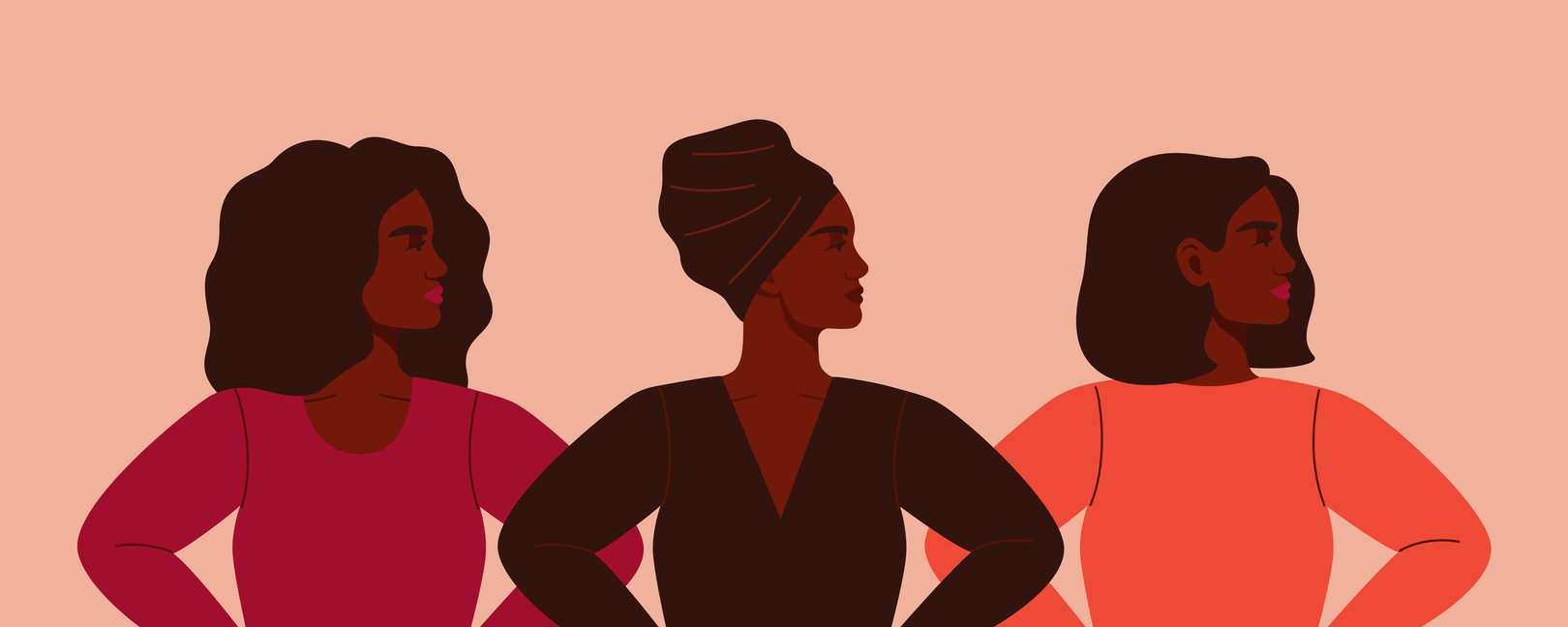 Though classroom instruction focused on media literacy has increased in recent years, that work is often focused on helping students differentiate fact from fiction. In the present news environment where we face an endless stream of questions surrounding the legitimacy of the information we encounter, helping students cultivate such skills is critical. It is crucial that we continue to probe the assumptions embedded in particular news sources, the goals that shape certain media representations, and question unthought mental models. But so too is there a chance to embrace media as something that can enlarge educators’ and students’ sense of what is true, what is possible, and who we can become in this nation and world.
Though classroom instruction focused on media literacy has increased in recent years, that work is often focused on helping students differentiate fact from fiction. In the present news environment where we face an endless stream of questions surrounding the legitimacy of the information we encounter, helping students cultivate such skills is critical. It is crucial that we continue to probe the assumptions embedded in particular news sources, the goals that shape certain media representations, and question unthought mental models. But so too is there a chance to embrace media as something that can enlarge educators’ and students’ sense of what is true, what is possible, and who we can become in this nation and world.
Despite the many social challenges and upheavals of the last 12 months, it has certainly been a period in which we have seen Black women and girls showing up in media in ways that they have not before. From Kamala Harris’ election as the first African and Indian American woman Vice President and Amanda Gorman’s electrifying Inauguration Day poem to the range of representations of Black joy that surfaced amidst the Black Lives Matter movement, Black women and girls are entering the frame in ways that are shattering many people’s expectations.
Here are 3 Teaching Ideas that equip educators to structure classroom reflection and discussion about key examples of Black women and girls making waves in media over the last year:
Youth Poet Laureate Amanda Gorman’s Inauguration Day poem, “The Hill We Climb,” is a powerful call to action focused on themes of hope, unity, healing, and resilience. When she read this poem on Inauguration Day, she exuded the confidence and joy of a young woman who knows that she belongs precisely where she stands: on the national stage. In addition to the exemplary craft on display in the poem itself, Gorman’s performance of the poem has gotten the nation talking. Use our Teaching Idea on her poem to help students reflect on its themes and consider how her presentation connects to their own lives and aspirations.
Regardless of one’s perspectives on Kamala Harris’ election as Vice President, her emergence onto the public stage in that role is certainly a significant event in American history. Use our Teaching Idea on this momentous event to help students understand it within historical context and consider what, if any, role it plays in reshaping their sense of what is possible in our society.
This Teaching Idea equips teachers to help their students examine an array of public works of art that have surfaced in connection with the Black Lives Matter movement. Among these is an image of two teenage Black ballerinas standing en pointe in front of a statue of Confederate general Robert E. Lee. Through the use of this tool, teachers can help students think through how this image, among others, can reshape how we understand Black women and girls in our society, as well as what these images may mean for the students themselves.
---
Facing History invites educators to use our Black History Month 2021 Resource Collection in the classroom.


